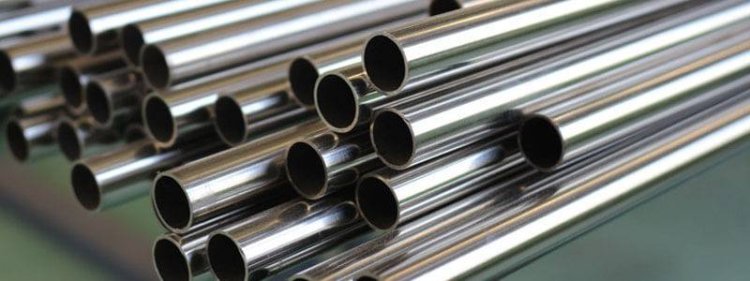Steel Pipe Price 20 Feet 2 Inch – Everything You Need to Know
Discover the latest steel pipe price for 20 feet 2-inch variants. Learn about factors influencing costs, market trends, and tips for buying quality steel pipes.

Steel pipes are widely used in construction, plumbing, and industrial applications. When purchasing a 20-foot, 2-inch steel pipe, understanding its price and the factors affecting cost is essential. Steel Pipe Price 20 Feet 2 Inch plays a crucial role in budgeting for various applications. This article explores pricing trends, cost influencers, and useful tips for making an informed purchase.
1. Understanding Steel Pipe Pricing
The price of a steel pipe depends on multiple factors, including material type, market conditions, and regional supply and demand. Generally, steel pipes are priced per foot, meaning a 20-foot pipe will cost more than shorter lengths.
Common Pricing Factors:
-
Material Grade: Carbon steel, stainless steel, and galvanized steel each have different pricing.
-
Wall Thickness: Thicker pipes require more material, increasing the price.
-
Manufacturing Process: Seamless pipes tend to be more expensive than welded pipes.
-
Market Trends: Steel prices fluctuate due to raw material costs and global demand.
-
Coating & Finishing: Galvanized and epoxy-coated pipes cost more due to added protection against corrosion.
2. Average Price of 20 Feet 2-Inch Steel Pipe
While prices vary based on specifications and location, an approximate price range for a 20-foot, 2-inch steel pipe can be estimated. As of recent trends:
-
Carbon Steel Pipe: $50 - $150 per 20-foot length
-
Galvanized Steel Pipe: $80 - $200 per 20-foot length
-
Stainless Steel Pipe: $200 - $500 per 20-foot length
Prices may change due to fluctuations in raw material costs, freight charges, and bulk order discounts.
3. Different Types of Steel Pipes
1. Carbon Steel Pipes
Carbon steel pipes are durable, cost-effective, and commonly used in construction and industrial projects. They offer high tensile strength and are available in seamless and welded forms.
2. Galvanized Steel Pipes
These pipes are coated with a layer of zinc, providing corrosion resistance. They are ideal for plumbing and outdoor applications where exposure to moisture is high.
3. Stainless Steel Pipes
Stainless steel pipes offer excellent corrosion resistance and durability, making them suitable for chemical and marine applications. However, they are more expensive compared to carbon and galvanized steel.
4. Factors Affecting the Price of Steel Pipes
1. Raw Material Costs
The price of steel is a major factor affecting pipe costs. Iron ore, scrap metal, and alloying elements impact the final pricing.
2. Production Method
Seamless pipes, which require more processing and higher-grade materials, cost more than welded pipes.
3. Supply and Demand
Market demand significantly affects pricing. When demand is high and supply is low, prices increase. Global trade policies and economic conditions also play a role.
4. Shipping and Logistics
Transportation costs contribute to the overall price, especially for bulk orders. Local availability reduces shipping expenses, making pipes more affordable.
5. Tips for Buying Steel Pipes at the Best Price
1. Compare Multiple Suppliers
Checking prices from different vendors helps in finding the best deal. Bulk purchases may also lead to discounts.
2. Choose the Right Type
Selecting the appropriate pipe type based on application saves costs in the long run. For example, using stainless steel where corrosion resistance is unnecessary may be an added expense.
3. Monitor Market Trends
Keeping track of steel prices and purchasing when rates are lower can lead to cost savings.
4. Check Certifications and Quality Standards
Ensuring the pipes meet industry standards prevents issues related to strength and durability.
6. Future Market Trends for Steel Pipe Prices
Steel pipe prices fluctuate due to changes in raw material costs, geopolitical factors, and global demand. Predictions for the coming years suggest:
-
Increasing demand for infrastructure projects may push prices higher.
-
Environmental regulations on steel production could impact costs.
-
Global supply chain stability will play a major role in price fluctuations.
Conclusion
Understanding the price of a 20-foot, 2-inch steel pipe involves considering multiple factors, from material type to market demand. By researching suppliers, monitoring trends, and choosing the right specifications, buyers can make cost-effective purchases. Whether for construction, plumbing, or industrial use, investing in quality steel pipes ensures durability and long-term performance
What's Your Reaction?












